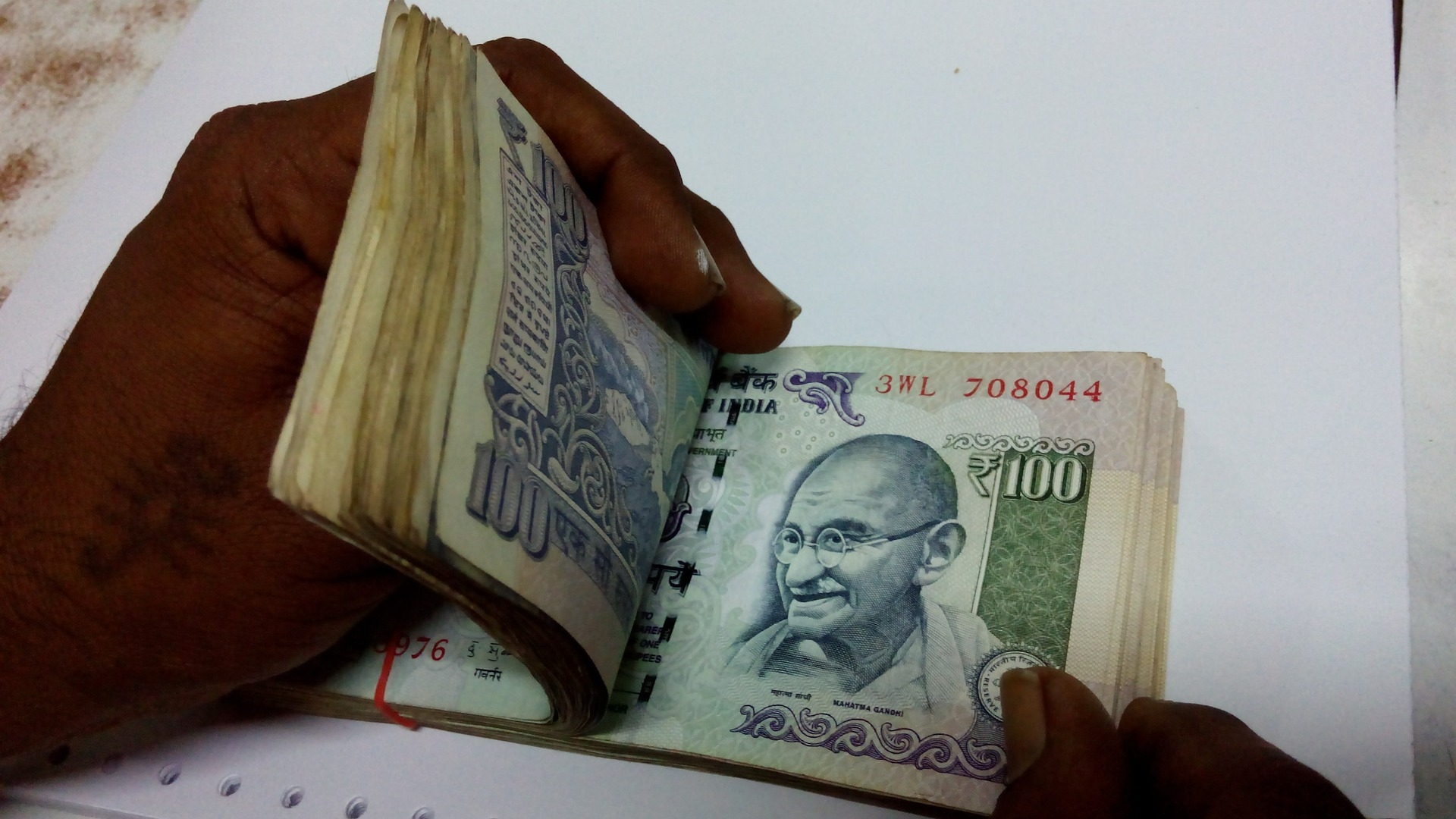Almost half of India’s population will not be able to survive more than a month without any job or income, just with the help of savings or family support.
With a protracted lockdown and dismal economy, job losses are mounting and concerns are going up for families as to how long they can hold out.
As per the latest IANS CVoter Economic Battery Wave survey, 28.2 per cent of males said they would survive less than a month without income, while 20.7 per cent said they could survive for a month. At the more comfortable end of the spectrum, 10.7 per cent said they could survive without income for more than a year.
For 2 months, the number is 10.2 per cent while for 3 months it is 8.3 per cent. It is 9.7 per cent for 4-6 months and 5.7 per cent for less than a year.

The numbers are concentrated for less than a month and a month, which is almost half the respondents.
The sample date is first week of June and the sample size is 1,397 and covers more than 500 Lok Sabha seats across the country. This is a weekly tracker of 1,000 plus new respondents.
For females, the numbers are similar in less than a month to a month of survival without income. However, in the case of females, the survival is more for a month as compared to less than a month.
For females, 19.9 per cent said they would survive less than a month without a job or income while 28.4 per cent said they could survive for a month. Broadly, this also adds up to half the numbers. A total of 11.5 per cent said they could survive for more than a year.
From the survey, it is clear that the senior citizens have the best survival rate without income and are leveraging their savings. For the senior citizens, 60 and above, 19.2 per cent said they could survive more than a year without any income.
The lowest survival rate is indicated by the young, in the 25-40 years age group, where the highest percentage of 28.6 said that they would survive less than a month sans income.
Understandably, the survival rate is longer for those with higher education and in the high-income group, although both may not necessarily follow.
The higher education group is the highest amongst all social groupings with 31.6 per cent saying they can survive for more than a year without income. For the high-income group, this number is 29.6 per cent.
Among the social groups, for Muslims the number is highest for less than a month with as high as 38.4 per cent while it is 30.2 per cent for a month, which makes it more than 68 per cent who would not be able to survive for more than a month.
Among the regions, the prosperous and industrialised Western region is the best performing, where only 17.2 per cent said they would survive for less than a month while 15 per cent said they would survive for more than a year.
The Eastern region is more vulnerable as 30.4 per cent said they would survive for less than a month. For the regions as a whole, more than 48 per cent said they would survive for a month or less without income or jobs.









